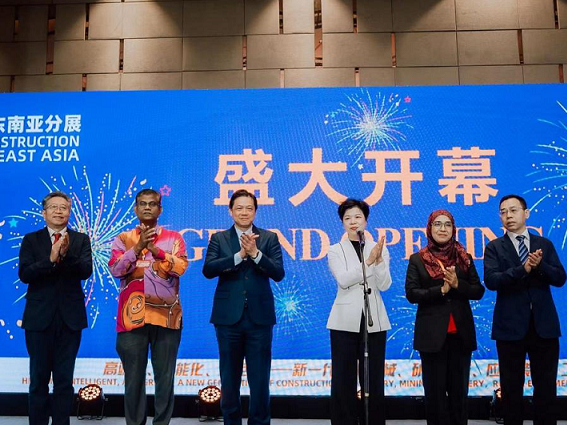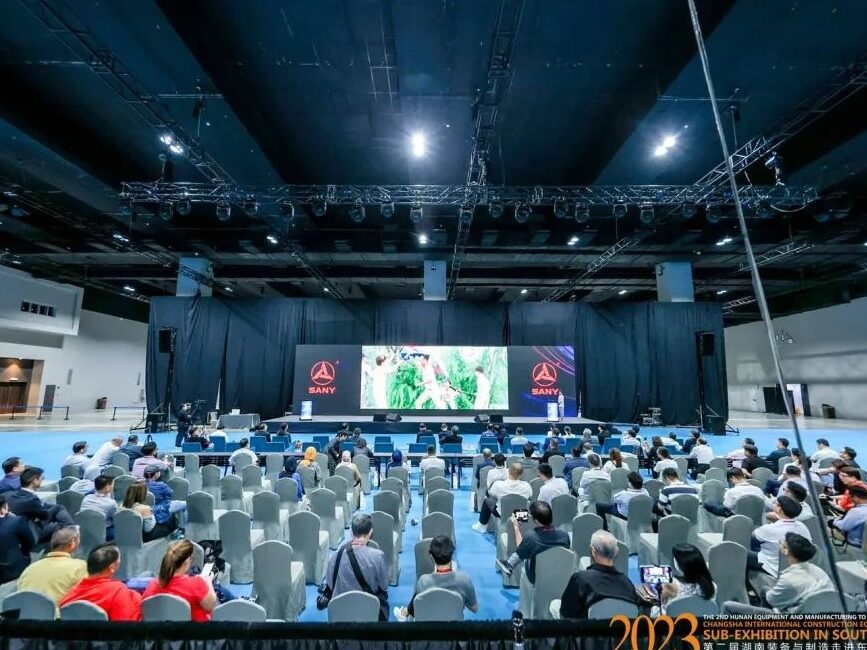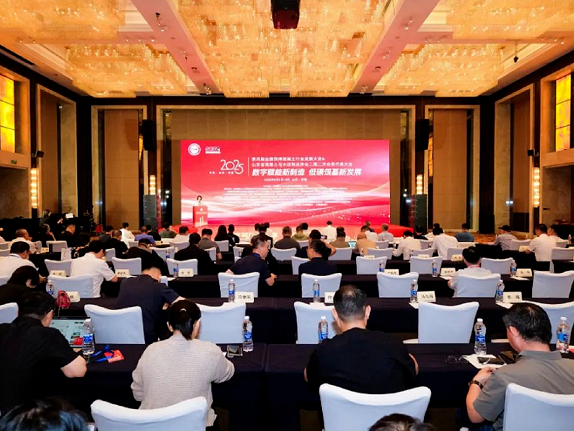- Tibet is rich in wind energy resources, and a wind energy resource industry base has been established in Tibet

Recently, the National Energy Administration issued the "Guiding Opinions on Promoting High-Quality Development of Energy in Tibet" (hereinafter referred to as the "Opinions"), pointing out that Tibet is an important national security barrier, ecological security barrier, and clean energy resource connection base. , the construction of clean energy bases, and the improvement of energy infrastructure, etc., put forward development goals for 2025 and 2035, and made arrangements for the medium and long-term energy work in Tibet.
The Qinghai-Tibet Plateau is an area rich in wind energy resources. The latest "Research Report on Qinghai-Tibet Plateau Wind Energy Resources and Development Potential" released by the National Climate Center also pointed out that the development potential of wind energy in Tibet is particularly worthy of attention. In the face of the "14th Five-Year Plan" and medium and long-term energy development goals, how should Tibet develop wind power?
Preliminary formation of a comprehensive energy supply system, renewable energy occupies the "C position" of the plan
The "Opinions" pointed out that since the sixth central Tibet work symposium, Tibet's energy industry has made all-round progress and historic achievements, and has initially formed a comprehensive energy supply system based on renewable energy and refined oil. At the same time, the problem of imbalance and insufficiency is still prominent, and it is particularly important to do a good job of energy work in Tibet.
It is understood that the "Opinions" clarified the energy development goals of Tibet in 2025 and 2035 from six aspects, including the establishment of a resource supply system, the construction of clean energy bases, the improvement of energy infrastructure, and the improvement of service guarantee capabilities. In January last year, the Tibet Autonomous Region Committee of the Communist Party of China clearly stated in the "Suggestions on Formulating the 14th Five-Year Plan for National Economic and Social Development and the Long-term Goals for 2035" that it will speed up the improvement of the "Watershed Planning of East Tibet Clean Energy Development Zone". Layout, promote the comprehensive development of water and scenery in the Yarlung Zangbo River, Jinsha River, Lancang River and other river basins, quickly promote the large-scale development of Tibetan electricity transmission, and build an important national clean energy connection base.” At the same time, we will scientifically develop new energy sources such as photovoltaics, geothermal, wind power, and solar thermal, accelerate the research and pilot projects of "photovoltaic + energy storage", vigorously promote "water and wind complementarity", and promote the development and utilization of clean energy and electrification to be at the forefront of the country.
Judging from the guidance documents issued so far, renewable energy occupies the "C position" in the medium and long-term planning of Tibet's energy development. According to Wang Weiquan, Secretary General of the Energy and Environment Professional Committee of the China Energy Research Association, with the proposal of the dual-carbon goal, the application scenarios and development scenarios of renewable energy are diversified, even in special terrain areas with certain difficulties in development. to develop on a large scale.

The resource technology development volume has reached 600 million kilowatts. The Qinghai-Tibet Plateau has great potential for wind energy development. The "Qinghai-Tibet Plateau Wind Energy Resources and Development Potential Research Report" shows that the Qinghai-Tibet Plateau has a height of 100 meters and an annual average wind power density of 400 watts/square meter and above. It has reached 1.02 billion kilowatts, accounting for 26% of the national total. Among them, the technical development volume of wind energy resources in Tibet has reached 600 million kilowatts, and the development potential is outstanding, breaking the concept of "powerless" wind energy in the Qinghai-Tibet Plateau.
Zhu Rong, chief researcher of the National Climate Center, told reporters: "From the current research results, the valley wind circulation on the Qinghai-Tibet Plateau is significantly stronger than that in other regions of my country. The main reason is the strengthening effect of the superposition of the valley wind circulation and the synoptic-scale background wind field."
"In fact, the characteristics of wind resources on the Qinghai-Tibet Plateau are very different from those in the plains. The large undulating mountains, extremely high mountains and the perennial snow on the peaks of the Qinghai-Tibet Plateau make the Qinghai-Tibet Plateau's wind energy resources have a unique variation law, and the weather has its own characteristics. Most of the plain areas have small winds during the day and strong winds at night. The Qinghai-Tibet Plateau principle is that the wind is strong from the afternoon to the first half of the night, and the wind is small from the middle of the night to the next morning. We know that sunshine resources are abundant during the day, but not at night. This means that after a high proportion of wind power and photovoltaics are connected to the grid in the future, the Qinghai-Tibet Plateau wind power and photovoltaic supply will be particularly sufficient in the afternoon and insufficient in the middle of the night. There are fluctuations in the segment." Zhu Rong pointed out.
Two onshore wind farms have been built The development has certain particularities
At present, the Tibet Autonomous Region has built two onshore wind farms. Longyuan Tibet Nagqu High Altitude Test Wind Farm is the first grid-connected wind power project in Tibet. It was developed in 2012 and is located in Nagqu County (now Sini District, Nagqu City), with an average altitude of more than 4,700 meters and 5 single-machine capacity. It is a 1.5 MW high-altitude test wind turbine with a total installed capacity of 7,500 kilowatts. It was connected to the grid in November 2013. In December 2021, the first batch of units of the Tso Meizhe Gu distributed wind farm in Tibet was officially connected to the grid for power generation. The total installed capacity of the wind farm is 22,000 kilowatts, making it the highest wind power project in the world at present. As of February 8 this year, the cumulative power generation of the wind farm has exceeded 10 million kWh.

Wang Weiquan said that in recent years, Chinese fan manufacturers have carried out research and development for fans in special terrain areas such as high altitude and low wind speed. From the perspective of technology itself, it has been able to meet the requirements of plateau areas. However, the development of new energy in Tibet has certain particularities. Due to the relatively weak construction of local power grids and the relatively scattered distribution of power grids, it is a major challenge for large-scale wind power projects in Tibet. In addition, during the construction of wind farms, local construction, wind turbine hoisting and operation and maintenance are more complicated, which increases the development and construction costs of wind power projects to a certain extent.
Zhu Rong admitted that, in fact, the focus of research on wind energy and solar energy resources is to ensure the security of supply and operation of the power grid while promoting the installation of renewable energy on a large scale. This requires further research on the characteristics of wind resources in Tibet and its possible impact on the power grid, and timely early warning and prevention.Editor/XingWentao
Comment
 Praise
Praise
 Collect
Collect
 Comment
Comment
 Search
Search














Write something~